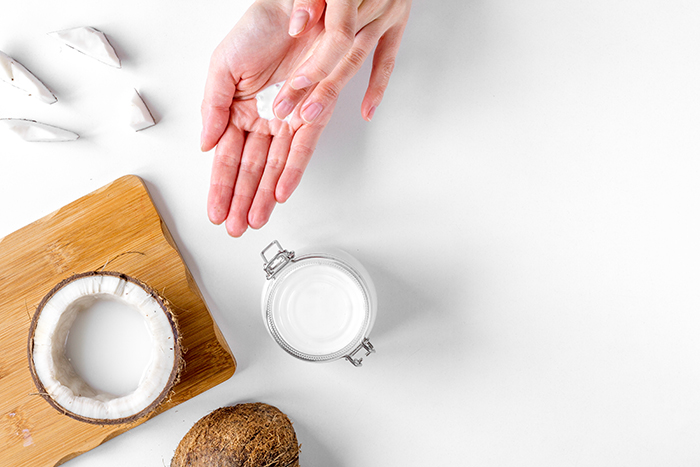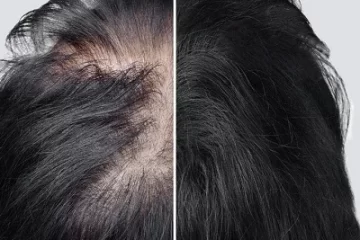Everything you need to know about Natural Ingredients of Eczema Creams
Eczema is a persistent skin ailment that makes the skin dry, itchy, and sensitive, making it feel uncomfortable. Eczema can be controlled and treated with natural therapies like eczema creams even if there is no known cure for it. Creams for eczema made from natural ingredients can be a good method to relieve symptoms and support healthy skin.
Anti-Inflammatory properties of natural eczema cream ingredients
Natural components used in eczema treatments have anti-inflammatory qualities, which is one of their main advantages. Redness, itching, and discomfort are brought on by the inflammation that eczema generates. Natural substances with anti-inflammatory properties, like chamomile, calendula, and aloe vera, can aid in reducing inflammation and symptom relief.
· Moisturizing
Eczema frequently results in dry skin, making regular moisturising crucial for symptom control success. Natural components like jojoba oil, coconut oil, and shea butter can help keep the skin moisturised and hydrated, which can lessen irritation, itching, and redness.
Compounds with relaxing characteristics, such as chamomile and lavender, can calm and ease the skin. These organic components can lessen itching and inflammation, easing the signs and symptoms of eczema.
· Antioxidant
Green tea and turmeric are two naturally occurring substances that can be found in eczema creams and are high in antioxidants. Antioxidants have been demonstrated to strengthen the skin’s natural defences against free radical damage and stop future skin deterioration.
· Antifungal and antibacterial
Skin infections are more likely to occur in eczema sufferers, which can increase their discomfort and irritability. Tea tree oil, colloidal oatmeal, and neem oil are examples of ingredients with antibacterial and antifungal qualities that can be used to prevent and cure infections.
· Hypoallergenic
Some synthetic components frequently found in eczema creams can be abrasive, unpleasant, and trigger allergic reactions in some persons, rendering them inappropriate for usage. For those with eczema, natural substances are preferable because they are frequently hypoallergenic, kinder to the skin, and more suitable for delicate skin types.
Natural Substances Frequently Used in Eczema Creams
Here are some of the most well-liked Natural Ingredients to Look for in Eczema Creams and some of their advantages:
- Shea butter is a moisturising component that aids in soothing and repairing skin damage.
- A natural anti-inflammatory that moisturises the skin and aids in healing is coconut oil.
- Aloe vera is a plant that naturally fights inflammation and calms irritated skin.
- Chamomile is a relaxing component that helps to lessen itching, inflammation, and redness.
- Calendula: a calming component that aids in calming irritated or inflamed skin
- Lavender is a relaxing component that eases discomfort and itching while encouraging relaxation.
- Green tea: a natural antioxidant that aids in preventing free radical damage to the skin
- Colloidal oatmeal is a natural product that may be used to moisturise and calm the skin while also lowering swelling.
- Tea tree oil is a natural antibacterial and antifungal that aids in the treatment and prevention of illnesses.
- Neem oil, a naturally occurring antibacterial and antifungal agent, soothes and moisturises the skin while easing irritation.
Conclusion
Natural eczema creams can provide a number of advantages for those who have the condition. They can help moisturise the skin, soothe symptoms, lessen swelling and irritation, and guard against infections.
There are many solutions available for consumers looking for a more natural approach to managing their eczema symptoms thanks to natural components including shea butter, coconut oil, aloe vera, chamomile, calendula, lavender, green tea, colloidal oatmeal, tea tree oil and neem oil. Choose an eczema cream with natural components that are suited to your particular skin type and demands by reading the labels.
Can your skin suffer from excessive skin care problems?
January 16, 2024What are the reasons for getting a regular facial?
January 10, 2024
Comments are closed.
-
Cricket Betting Predictions: Tips from Industry Experts
February 26, 2024 -
Important Event Planning Tips for Portable Toilets
May 14, 2023




